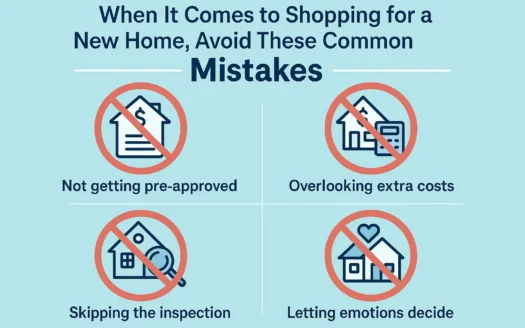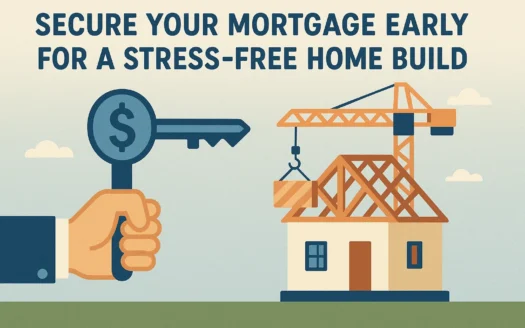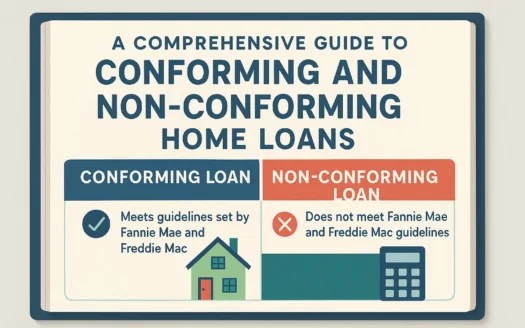Virtual Mortgages: A New Era for Homebuyers

from Unsplash
If you’re used to receiving your income, paying bills, and making investments without ever touching a piece of paper, the idea of applying for a mortgage and completing the entire home purchase transaction online probably doesn’t sound too far-fetched. But virtual mortgages are still relatively new.
Despite “mortgage-in-a-minute” advertising, buying a home remains one of the most notoriously slow and paper-intensive financial transactions. While Fannie Mae and Freddie Mac have officially accepted e-mortgages and e-closings for over a decade, the adoption of completely digital mortgages has been slow.
The Slow Adoption of Digital Mortgages
In 2025, Fannie Mae announced its Day 1 Certainty program, which includes:
- Immediate electronic verification of income, assets, and employment.
- An automated system for property appraisals.
Brian Koss, Executive Vice President of the Mortgage Network, notes, “Lenders have had the technical ability to be paperless for over a decade, but only Fannie Mae accepts all electronic verification for loans—and even they limit this to specific vendors.” He emphasizes that until all investors accept digital documentation, borrowers should expect some traditional paperwork.
Lionel Urban, CEO of PC Lender, highlights growing momentum: “Lenders can now digitally verify property values, income, and assets. This not only streamlines approvals but also simplifies the application process.”
Consumer Experience With Virtual Mortgages
Advocates argue that digital mortgages close faster. Dominick Marchetti, CTO of loanDepot, states, “We can close a paperless loan in 12 days for W-2 earners, versus the industry average of 60 days.” Self-employed borrowers may take longer but receive upfront clarity on requirements.
Key advantages include:
- Lenders pull data directly from verified sources (e.g., employment records, bank accounts).
- Faster communication between borrowers and loan officers.
- Simplified rate comparisons across lenders.
Privacy and Security Concerns
While some borrowers hesitate to share login credentials, Urban argues digital verification is safer: “Encrypted portals or read-only access to financial data reduce risks compared to emailing sensitive documents.”
Marchetti adds that 80% of loanDepot’s clients now prefer direct data access over manual uploads, despite initial friction with security steps like multifactor authentication.
The Future of Paperless Loans
Innovations like behavioral data analysis could further personalize lending. Marchetti envisions lenders using public social media signals (e.g., relocation plans) to proactively engage buyers.
However, challenges remain:
- Not all employers or banks provide digital access to underwriting data.
- E-closings require coordination among agents, title companies, and regulators.
Koss compares the industry’s progress to driverless cars: “We’re not all the way there yet. Widespread adoption hinges on borrower education and regulatory adaptation.”




